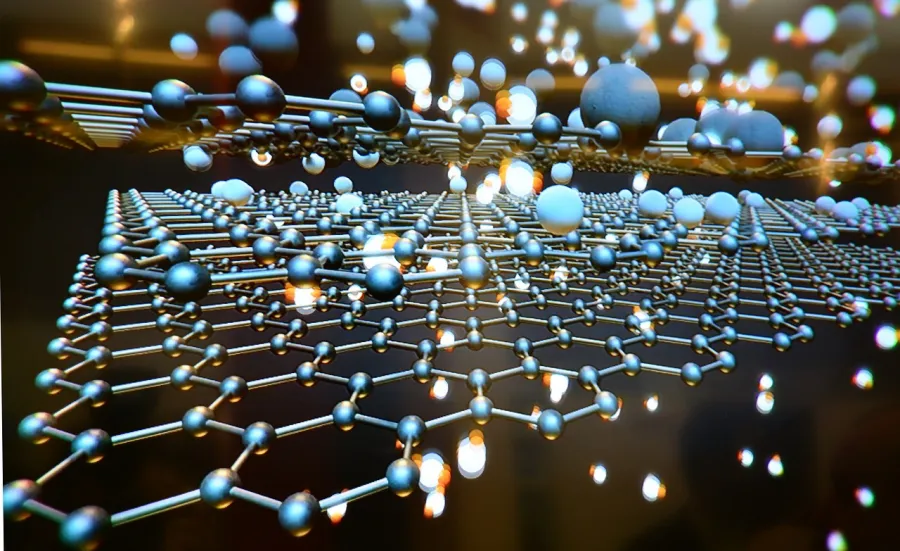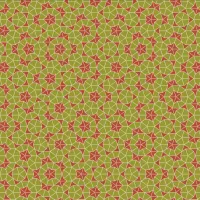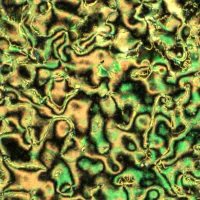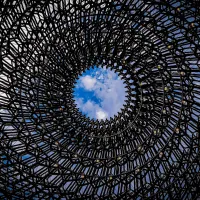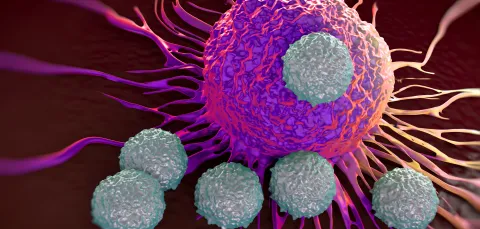Whether it's the intricate patterns in the Alhambra or in the book of Kells or the silicone processor in a smart phone, regularity features in human constructs. Achieving regularity on the nanoscale (comparable to the diameter of DNA's double helix) is too costly or impossible with current technology, which is a major issue.
This is a serious problem because the ability to structure materials on the nanoscale offers the exciting prospect of giving them incredible mechanical or optical properties, such as the passive cooling films developed at the University of Colorado which lower the temperature by 10°C.
Order is not the only route to success. For instance, while butterfly wings do not have perfectly ordered proteins, their optical properties produce stunning, vivid colours. The key feature here is the subtle balance between order and disorder. Without knowing how to look at it, it's difficult to detect the underlying pattern in the variability. This structured disorder streamlines fabrication without sacrificing material reliability. This phenomenon is called Disorder is Good (DiG).
To apply this approach to artificial systems, researchers first need to characterise disorder and identify any structures that may be present. Such a feat is now possible using a new mathematical tool: topological data analysis. This is based on topology, a part of mathematics devoted to the study of shape. Topology has been used, for example, to characterise the shape of human lungs and bones allowing a deeper understanding of serious diseases. So far, the primary use of topological methods in data analysis has been visualisation and classification.
The research team, which includes Professor Jacek Brodzki, Professor Malgosia Kaczmarek, and Professor Giampaolo D’Alessandro, has combined innovative experiments with breakthrough methods from topological data analysis to quantify emerging structure in disordered nano-assemblies and classify their response to light. The aim is to design a new generation of controllable nanosystems at a fraction of the cost of the current methods.
In this project, the research team positioned topology as a key component of materials design. To achieve this, they created a new topological measure of the degree of disorder. By doing so, they can give a mathematical answer to the question “is my room more disordered than yours?” They demonstrated the power of this approach by applying it to surfaces with nanoscale structures and have shown that they can pick up nearly ordered structures that may not be perfect but are ‘good enough’ to give the required optical response. The research team has associated the optical properties with the nature of the disorder by bringing together:
- pure mathematics to identify structure in disorder
- numerical modelling to predict optical response
- experimental physics to build and measure structured surfaces
As a result, the research team created a new technical paradigm: ‘fabrication through controlled disorder.’ Their findings show that, indeed, Disorder is Good.
The results demonstrate the robustness, and the universality, of the topological tools and metrics the research team developed. They can be applied to quantify different complex and structured materials from nanopillars on a glass surface, to patterns in liquid crystals, to any image or three-dimensional data set.
The original question was “Is disorder good?” Researchers have taken the first step in answering this question, and they can now say how disordered disorder is. This has already been extremely useful in identifying disordered optical surfaces that have an optical response like that of perfectly ordered ones.
This project is just the beginning. This research can be applied a step further to classify different types of disorder in other ways. For example, a room can be disordered because there is paper scattered around or because its inhabitant is not aware of the existence of a laundry basket. Can researchers link different disorders to different physical or engineering properties? For example, can they say that Type A gives increased tensile strength, while Type B has more vibrant colours? It is true that not all disorder is good, but perfect order is not the answer either.
